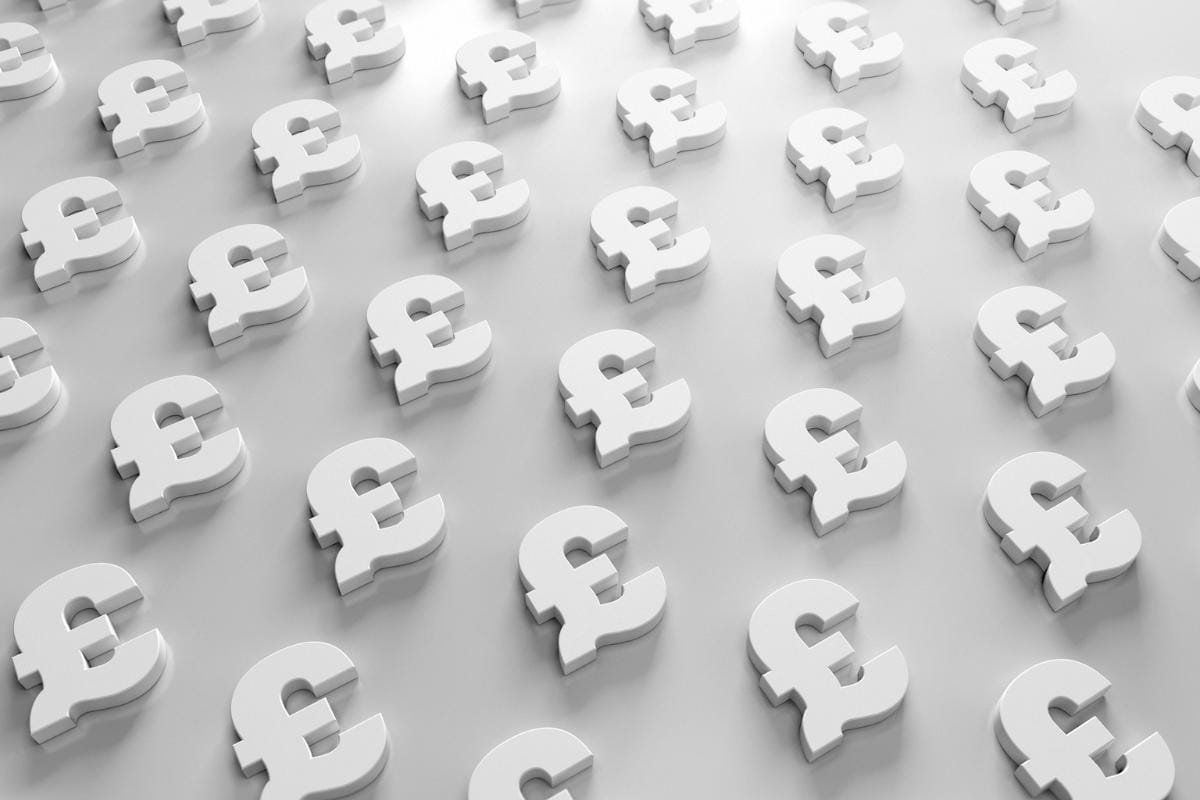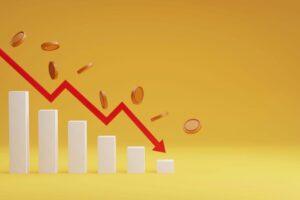In the following update, Kristina Hooper, Chief Global Market Strategist, Invesco, tells us what she thinks are the three main impacts of the latest political turmoil in the US for markets as well as why she’s staying focused on next week’s Fed meeting.
Media coverage of the US presidential election reached a fever pitch over the weekend with President Joe Biden’s announcement that he would withdraw from the race. I expect this late-in-the-race turmoil to ramp up short-term market volatility — but I’m also staying focused on next week’s Federal Reserve (Fed) meeting, as I believe the Fed matters a lot more to markets. And I’m watching the results of earnings season for signs that market performance may be broadening from the domination of the “Magnificent 7” stocks.
US election turmoil: Three market implications
Before we explore the market implications of Biden’s decision, I think it’s important to note that this is not the first time that an incumbent president has decided not to pursue another term. In the twentieth century, it has happened three times: Calvin Coolidge, Harry S Truman, and Lyndon B. Johnson all decided not to seek reelection. However, what’s different today is the timing; an incumbent has never withdrawn from the presidential race so close to the election. Coolidge decided not to seek reelection in August 1927, more than a year in advance of Election Day, while both Truman and Johnson made their decisions in March of the presidential election year — a good four months ahead of when Biden withdrew from the race.
In other words, a withdrawal in late July is very unusual and creates many unknowns. It limits the ability of the Democratic Party to decide upon a new ticket (since primary season has already ended) and it dramatically shortens the amount of time that the new ticket has to campaign before voters go to the polls. In addition, it could open the new ticket to legal challenges to appear on the ballot in some states (although most legal experts believe any legal challenges will not succeed).
So who’s likely to be on the Democratic ticket? Support seems to have coalesced around Vice President Kamala Harris to be the presidential nominee. It’s worth noting that she has seen a significant inflow in donations in the 24 hours following Biden’s announcement, after they dried up in the weeks following Biden’s debate performance. Plus, Biden has given her his endorsement. So it seems likely she will be at the top of the ticket.
The vice president pick is also critical. Democrats need to win over independent voters, who likely view Harris as farther to the left than Biden, so they need a VP nominee who appeals to independents. An “out-of-the-box VP pick such as billionaire businessman Mark Cuban, an independent and fiscal conservative whose name has started to come up in these conversations, would not only appeal to independents but would inject far more excitement into the election season, suggesting it’s not just politics as usual. It would also focus attention to important issues like the growing national debt. However, that seems rather unlikely at this juncture; it’s far more likely that Harris will choose a more moderate governor, likely from a swing state. I will be eager to see what the ticket will ultimately look like.
So what are the market implications at this point in time?
- Obviously, this is expected to add to volatility in the shorter-term as the significant uncertainty about the new Democratic ticket might not be resolved until the party’s convention in August. (There has been a big pickup in volatility in recent days, but I expect that will only increase now.)
- We’re likely to see stronger market reactions to Donald Trump’s statements in the near term, as we have seen in the last several weeks, given that markets began to assume in recent weeks that he would now win (betting odds on Predictit.org show wagers significantly in Trump’s favor now after indicating a Democratic win in April). However, in spite of the market’s current assumptions, an argument could be made that this development injects new life into the election season and could increase the odds of a Democratic win – but, as discussed above, so much depends on who is on the party’s ticket.
- We’ve seen some market impact from “Trump Trades” as traders position their portfolios for what they would expect from another Trump administration – notably, we’ve seen a steepening in the yield curve and an increase in bitcoin prices.2 But that impact may be partly rolled back depending on what happens in coming weeks with the Democratic ticket. (Although, I expect the likely start of Federal Reserve interest rate cuts to support a degree of yield curve steepening.)
The Federal Reserve may be getting closer to rate cuts
The media focus on the presidential election is taking our attention away from what I believe matters a lot more to markets – the Federal Reserve (Fed). A number of different Federal Open Market Committee participants have said in recent weeks that the Fed is getting closer to feeling confident about starting rate cuts. Just last week, Fed Governor Christopher Waller shared that the Fed is “getting closer to the time when a cut in the policy rate is warranted.”
While few expect a rate cut at the Fed’s meeting next week on July 30 and July 31, probabilities could increase following the release of the upcoming Personal Consumption Expenditures (PCE) report on Friday. While still very unlikely, I think the Fed would be more likely to cut in July if it sees signs of greater deterioration in the economy, especially in the labor market. One other impetus could be growing uncertainty that leads to a drop in spending. The Federal Reserve Beige Book released last week indicated expectations were for slower growth in the coming six months because of uncertainty around the upcoming election, domestic policy, geopolitical conflict, and inflation.
In Fed Governor Adriana Kugler’s speech last week, she articulated the importance of using private sector data to complement official government data in gauging the state of the economy and inflation because it offers greater timeliness and higher frequencies. She explained, “When we look at economic turning points, it is also important to consider reports on expectations and anticipated outcomes from nongovernment sources. Those include surveys of expectations of future inflation, anticipated hiring or layoffs, and consumer and business sentiment on the economy or the path of the economy.” In discussing recent data, she downplayed official statistics on housing costs because they are not timely (more recent private sector housing data shows costs have fallen).
I appreciate Fed Governor Kugler’s interest in looking at a variety of sources of information, including private ones, about the state of the economy. I certainly look to earnings reports for information about the health of the economy. One company that I view as a bellwether of consumer health, Synchrony Financial, reported earnings last week. It shared that its consumer delinquency rates had risen materially but that there was a significant difference between higher-income consumers and lower-income consumers with the latter feeling economic pressure. This confirms my general view that no alarm bells are ringing yet but cracks are starting to form in the US economy, and the Fed needs to act sooner rather than later.
In short, all signs point to a Fed that will cut before the end of the third quarter.
Earnings season is in full swing
Speaking of earnings, as of Friday, 14% of S&P 500 companies had reported actual results for the fourth quarter. Of those companies, 80% beat earnings expectations while 62% beat revenue expectations.
The blended earnings growth rate for the second quarter is expected to be 9.7% year over year; however, four “Magnificent 7” companies are responsible for a significant portion of that earnings growth. If you were to remove those four companies from the analysis, the expected earnings growth rate would be 5.7% year over year.
What I want to see is a broadening in participation when it comes to earnings growth – that would make this rotation sustainable, in my view. The good news is that current analyst estimates anticipate double-digit earnings growth for the other 496 S&P 500 companies beginning in the fourth quarter.
China provides more stimulus to support the economy
China’s Third Plenum, a seminal event typically held every five years, ended last week. And with it came a message that China is focused on embracing technological innovation and increasing reforms. In addition, the People’s Bank of China has lowered its short-term policy rate for the first time since last summer. The cut was just 10 basis points, but it indicates policymakers’ willingness to support the Chinese econ




![[uns] house of commons, parliament](https://ifamagazine.com/wp-content/uploads/wordpress-popular-posts/788182-featured-300x200.webp)









